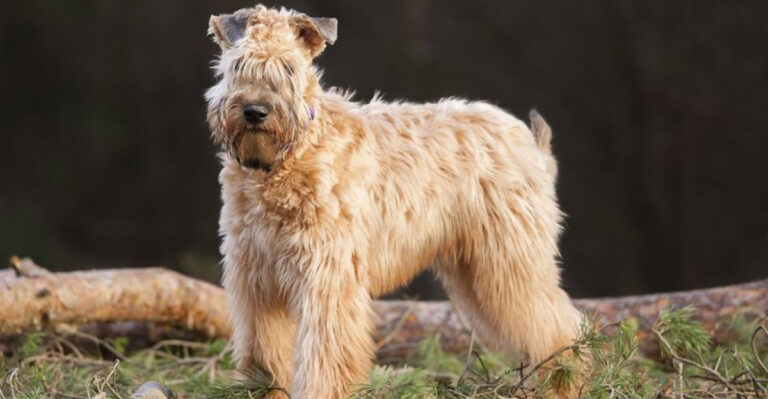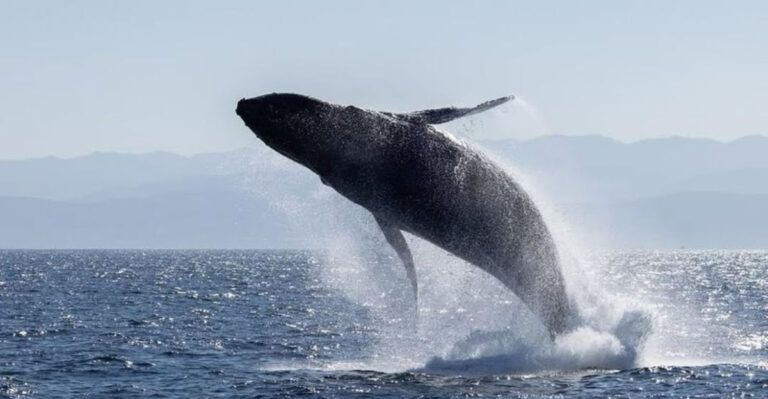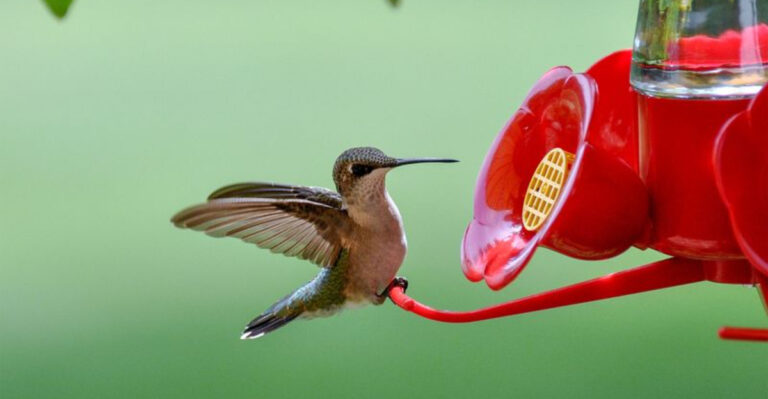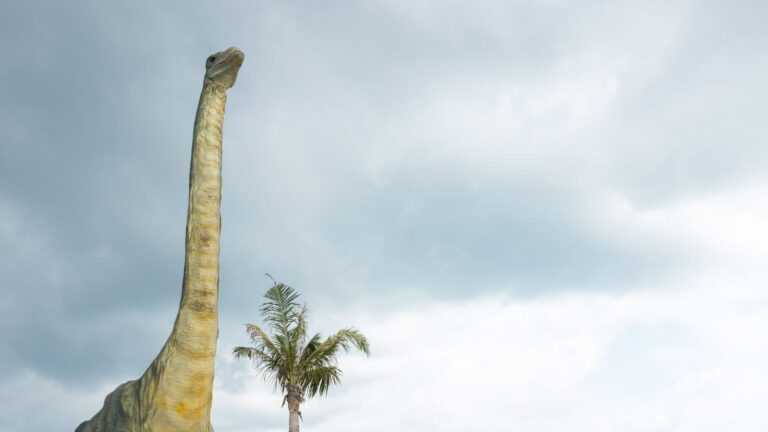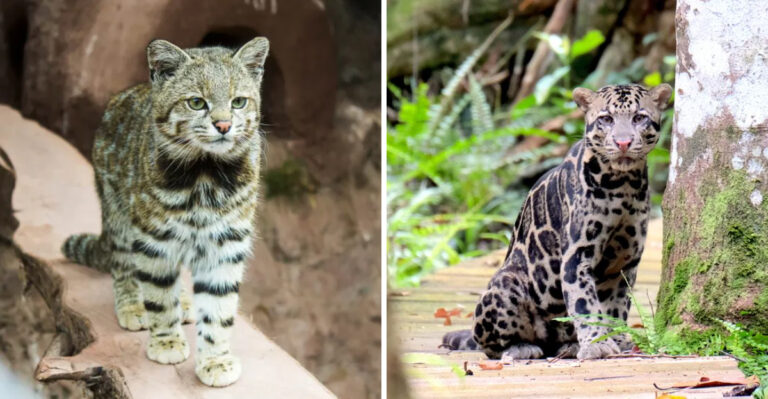Scientists Discover A New Shark, And It’s Already In Trouble
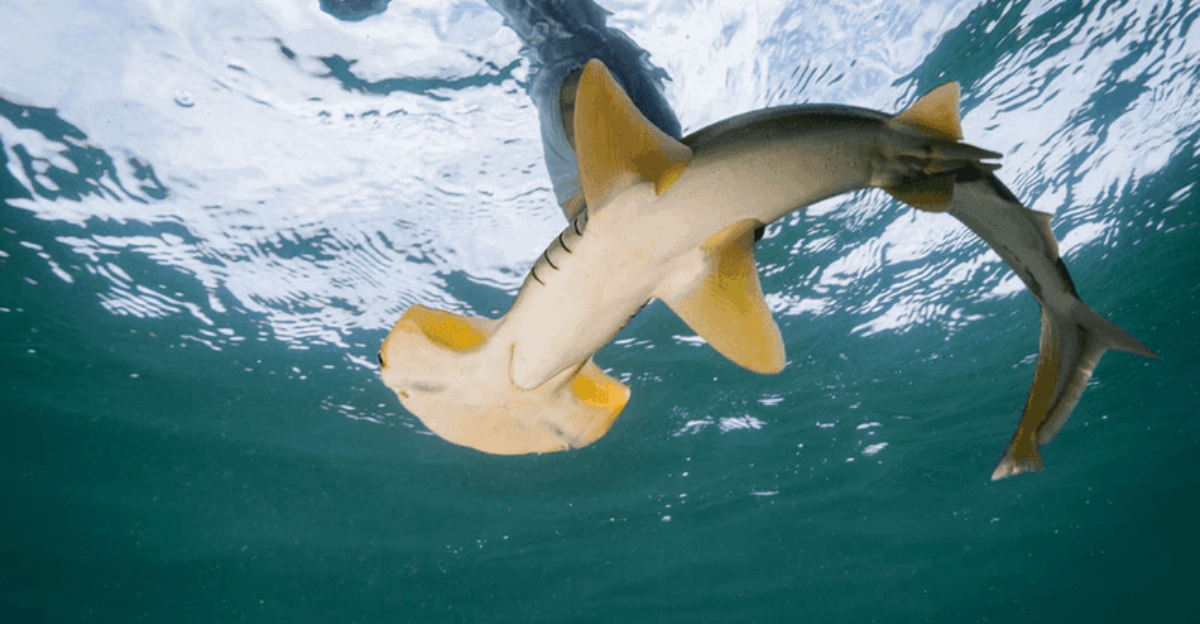
Marine biologists have just identified a brand new shark species, but the excitement is bittersweet. The shovelbill shark, formally described in 2024, is already facing serious survival challenges.
Found in waters from Belize to Brazil, this hammerhead relative might be more endangered than its closest cousin, leaving scientists racing to protect a species they’ve only just met.
1. A Brand-New Species Unmasked In 2024
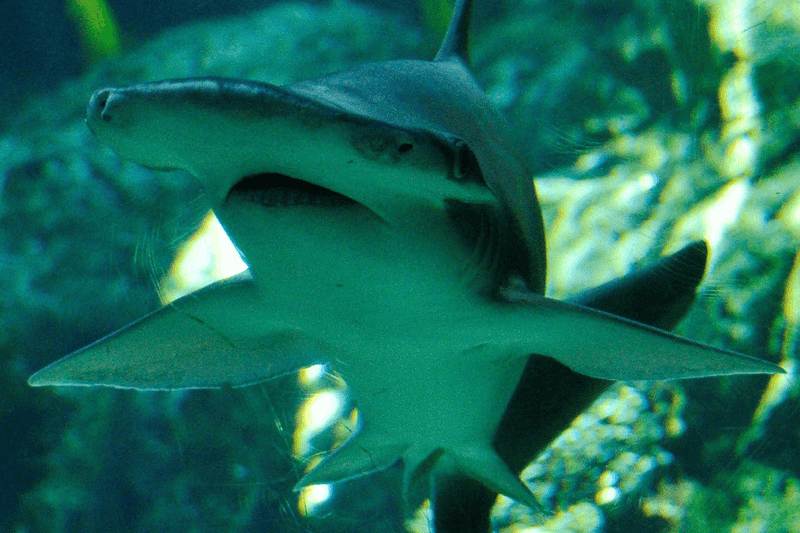
The scientific community buzzed with excitement when researchers formally described Sphyrna alleni in September 2024. Years of careful examination revealed distinct DNA markers and physical traits separating it from the bonnethead shark.
Hidden in plain sight for decades, this discovery demonstrates how much remains unknown in our oceans. Even familiar coastal waters hold secrets waiting to be uncovered by dedicated scientists.
2. Named For Paul Allen
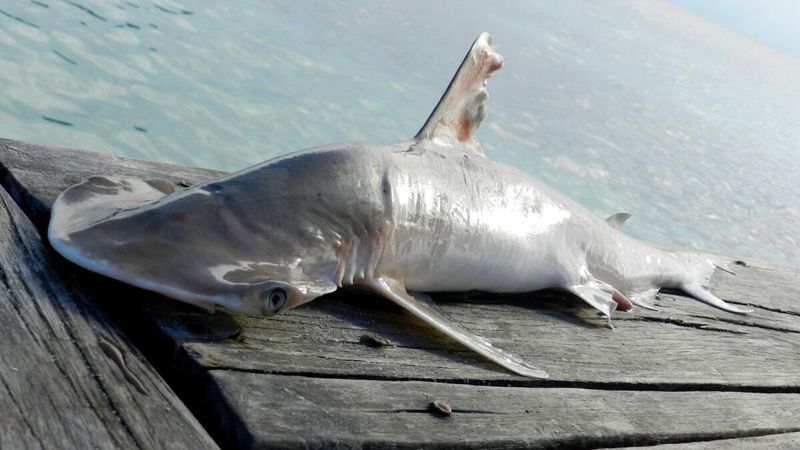
Behind this shark’s scientific identity lies a tribute to conservation philanthropy. The shovelbill shark honors Microsoft co-founder Paul G. Allen, whose foundation provided crucial funding for the research that led to its discovery.
Allen’s legacy extends beyond technology into ocean conservation. His foundation supports marine research worldwide, enabling scientists to document biodiversity before it disappears from our rapidly changing seas.
3. Distinct Look: Shovel-Shaped Head
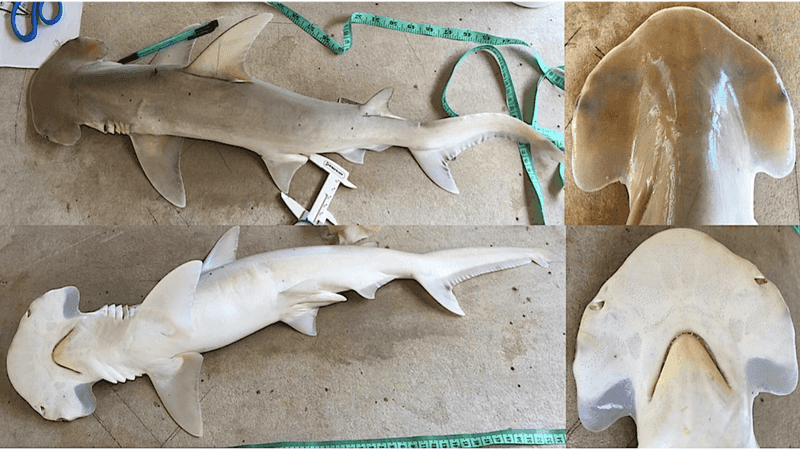
What truly sets this shark apart is its uniquely shaped head. Unlike its cousin the bonnethead, the shovelbill features a distinctively flat “cephalofoil” with a pointed front edge and lobed back. This shovel-like structure serves multiple purposes in hunting and navigation. The specialized shape houses enhanced sensory organs that help the shark detect prey hidden beneath sandy seafloors, giving it an evolutionary advantage in its habitat.
4. More Vertebrae Help Define The Species
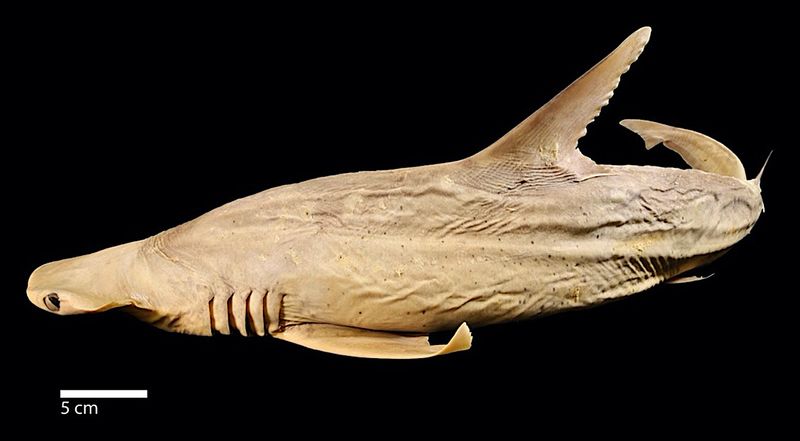
Count the backbone segments and you’ll find one of this shark’s defining characteristics. With 80-83 precaudal vertebrae, the shovelbill shark carries approximately 10 more than its bonnethead relative. This anatomical difference isn’t just a counting exercise for scientists.
The additional vertebrae likely affect swimming patterns and flexibility, potentially helping the shark maneuver through complex coastal environments where it hunts for food.
5. Up To 1.5 Meters Long
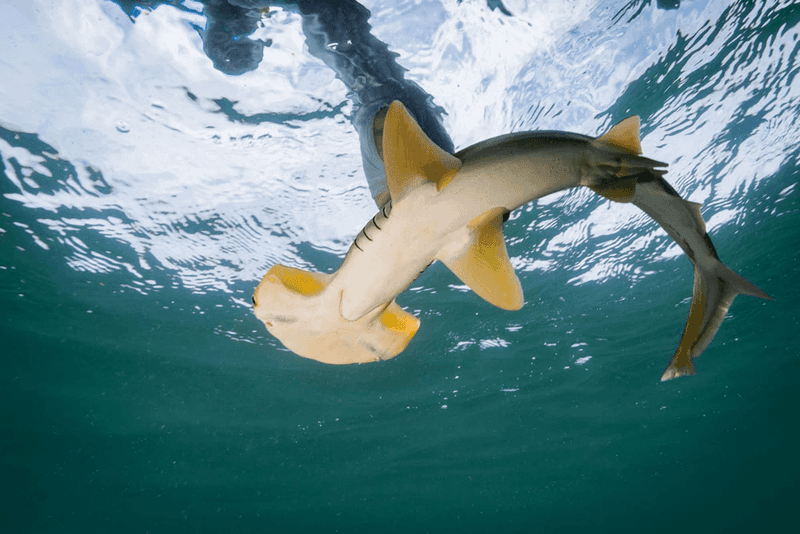
Size matters when understanding this new species’ ecological niche. Adult shovelbill sharks typically reach no more than 150 centimeters in length, placing them among medium-sized coastal sharks. Their modest proportions suit their preferred shallow-water habitats.
These sharks thrive in seagrass meadows, estuaries, and reef environments where larger predators might struggle to navigate, giving them specialized access to the small crustaceans and fish they hunt.
6. Range: Belize To Brazil
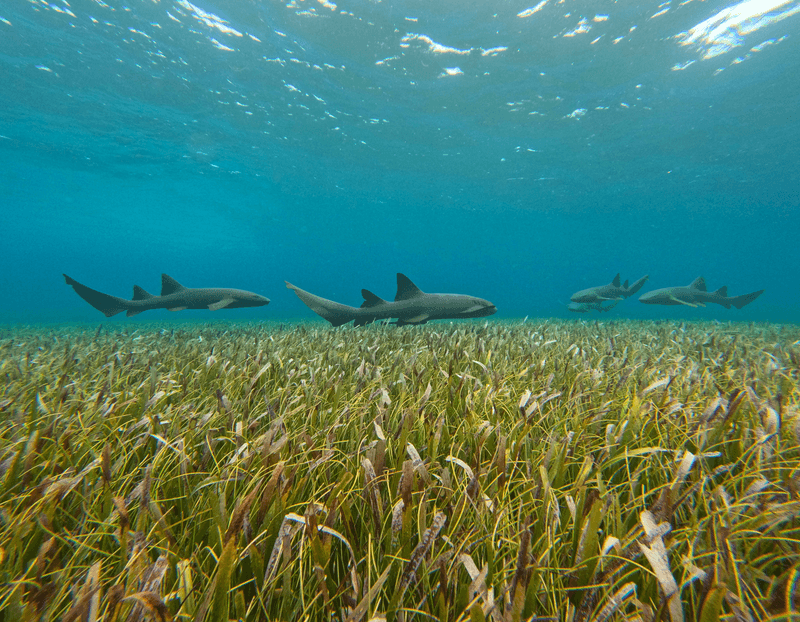
The shovelbill shark’s kingdom stretches along a specific slice of the western Atlantic. Confirmed sightings create a distribution map from Belize through Panama, Colombia, Trinidad & Tobago, all the way to Brazilian waters.
Fascinatingly, this range differs from its closest relative. While bonnetheads range northward to the United States, the shovelbill occupies southern territories, suggesting ecological specialization that might have driven their evolutionary split millions of years ago.
7. Genetic Evidence Supports Old Split
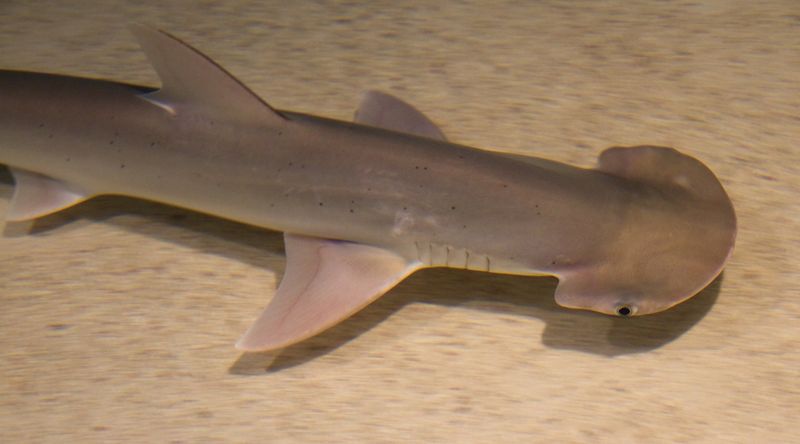
The shovelbill’s family tree tells a fascinating evolutionary tale. DNA analysis reveals this species diverged from bonnetheads approximately 3.6-5.6 million years ago, during a crucial period of geological change. This timing coincides with the gradual formation of the Isthmus of Panama.
As the land bridge slowly rose, separating Caribbean and Pacific waters, it likely created isolated populations that evolved into distinct species, showcasing how geography shapes marine biodiversity.
8. Likely More Endangered Than Bonnethead
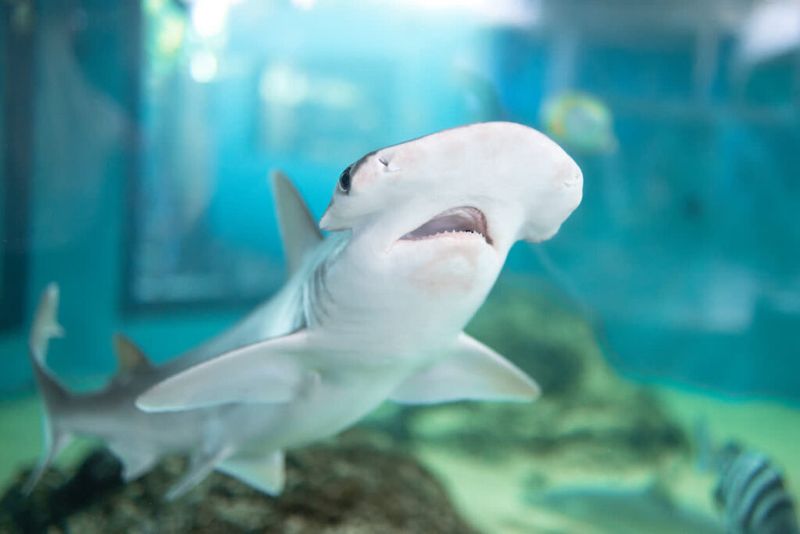
Conservation alarm bells are already ringing for this newly discovered species. While the bonnethead shark currently holds an Endangered status on the IUCN Red List, experts believe the shovelbill faces even greater threats.
The shovelbill’s restricted geographic range makes it particularly vulnerable. Combined with weaker fisheries management in parts of its territory and ongoing habitat degradation, these factors create a perfect storm of conservation challenges for a species we’ve barely begun to understand.
9. Not Yet IUCN-Assessed Separately
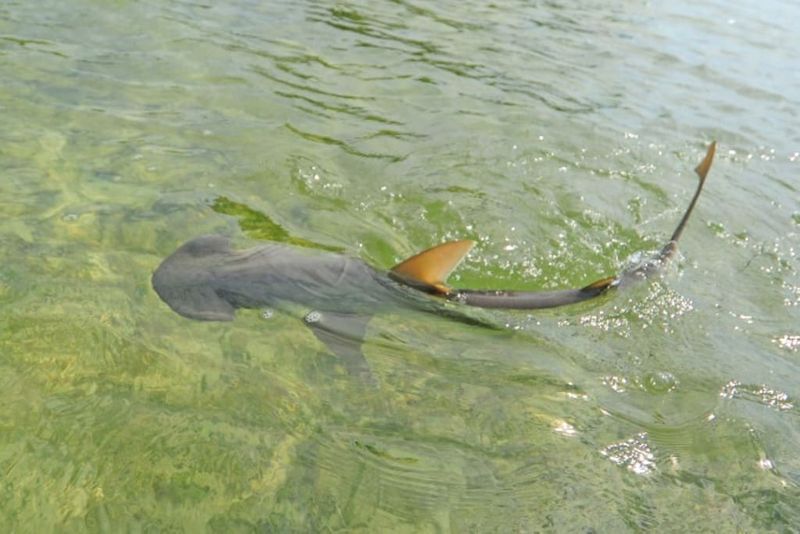
The conservation status of the shovelbill shark remains in bureaucratic limbo. As of mid-2025, Sphyrna alleni still awaits its own official evaluation by the International Union for Conservation of Nature.
Currently listed as “Not Evaluated” on FishBase, this administrative gap creates practical challenges. Without formal assessment, the species cannot receive targeted protection measures or funding that might stem its decline, highlighting how taxonomy and conservation policy must work together.
10. Overfishing And Bycatch Pose Serious Threats
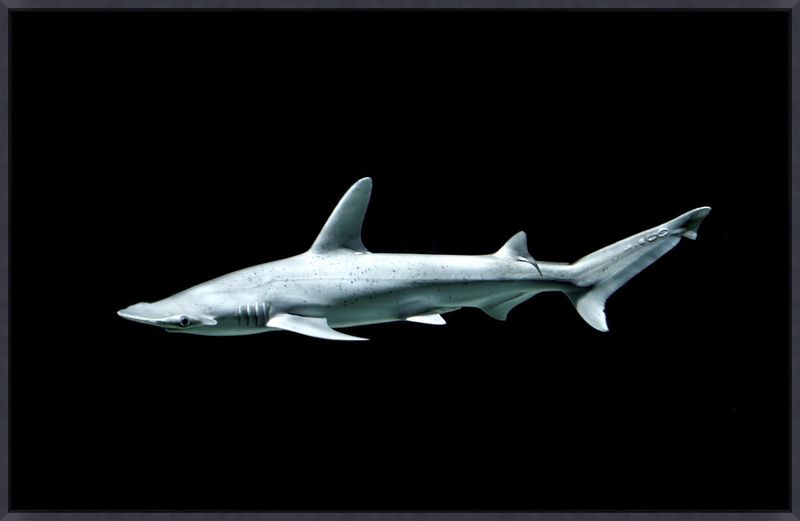
The greatest dangers to shovelbill sharks come from human fishing activities. These sharks frequently end up caught unintentionally in gillnets and trawls throughout their range, with particularly high rates in Brazilian waters.
Small coastal fisheries targeting other species often capture these sharks accidentally. The problem is compounded by limited regulations and enforcement in many areas, creating a steady population drain that threatens the species’ long-term survival before scientists can fully understand its ecology.
11. Conservation Efforts Are Underway But Urgently Needed
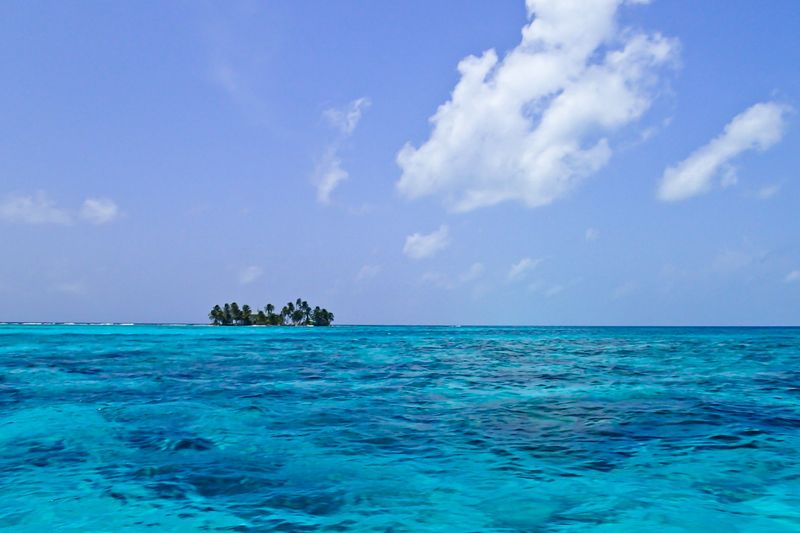
Glimmers of hope exist for the shovelbill’s future. Belize has implemented progressive measures including gillnet bans and marine protected areas that benefit this species alongside other marine life. However, scientists emphasize that coordinated action across all range countries is essential. Research teams are advocating for region-wide management strategies, habitat protection, and sustainable fishing practices to give shovelbill populations a chance to recover before it’s too late.
12. No Major Updates Since Discovery
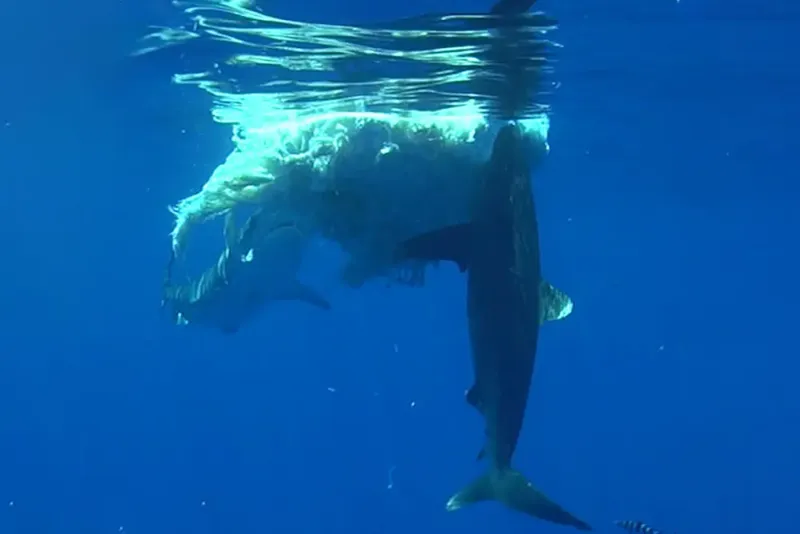
The scientific story of the shovelbill shark remains remarkably consistent since its formal description. Researchers continue to classify it as a valid new species, with its threatened status widely acknowledged among marine biologists.
The IUCN has yet to conduct its separate assessment. Meanwhile, conservation organizations incorporate this newly recognized species into their protection campaigns, racing against time to secure its future while still gathering basic information about its life history and behavior.

